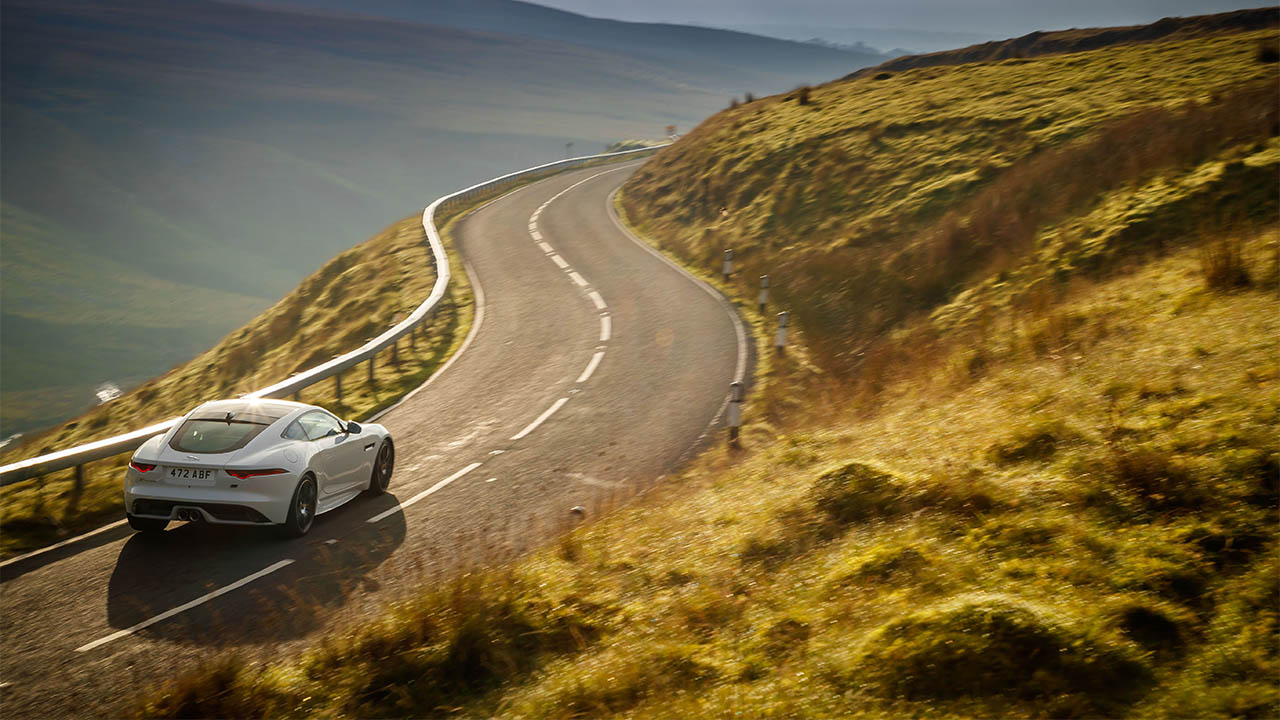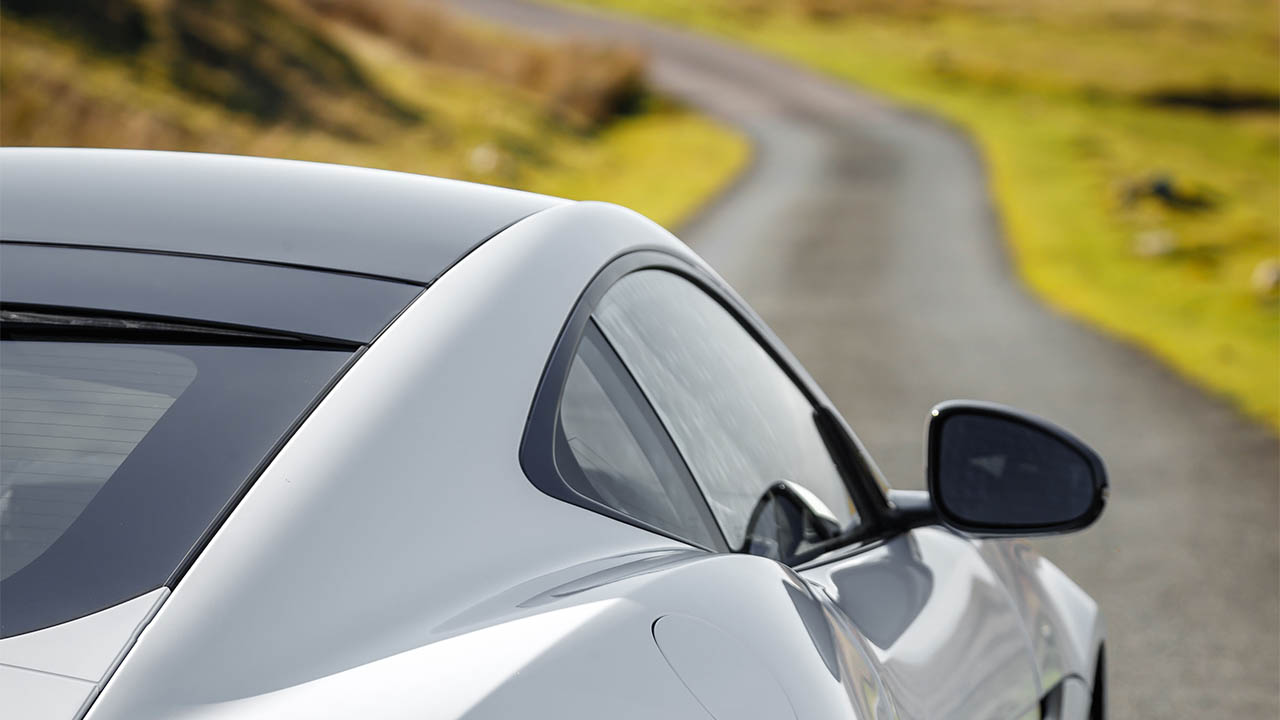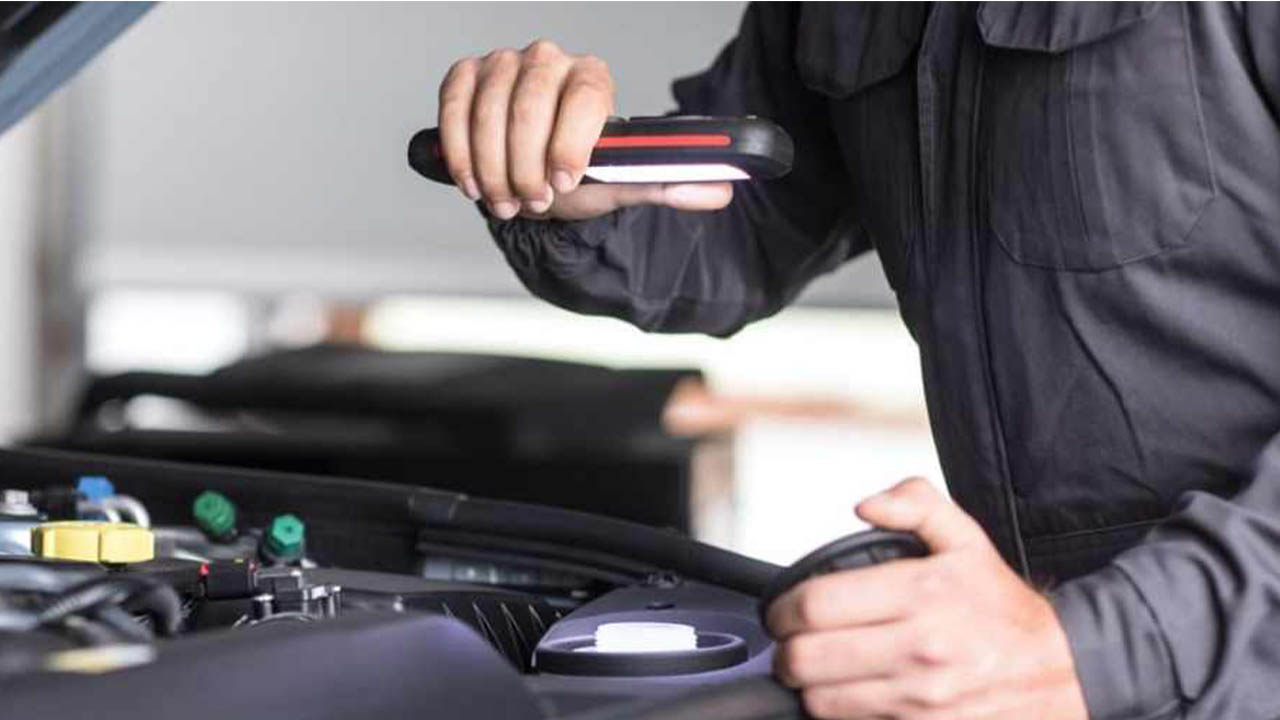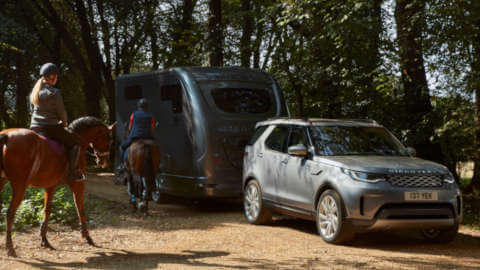Guide to Driving in Europe After Brexit and During Covid
08th Oct 2021
Guidance and Advice
There has always been a list of things to consider and implement before driving into and around Europe. However, with the UK having left the EU at the beginning of 2021, there are now a handful of new factors that need taking into account before you set off post-Brexit.
In this handy guide we will explain the different types of documentation you will require, as well as explain any rules you may need to adhere to. In addition, we have included some handy tips on how to best-prepare your vehicle for the long journey ahead.
One final factor that we have covered is travelling through Europe during the current global pandemic that has been caused by Covid-19.
Driving in Europe: Covid-19
The British government originally implemented a traffic light system for travel to other countries, which consisted of a green, amber and red rating. However, this has now been simplified, with the amber rating having been scrapped.
If you are fully vaccinated, then the government has put together a useful checklist of things you need to do before travelling. If you are planning on going to a red list country, then there are other things to consider (these are highlighted below).
- Check the foreign travel advice for the country you are travelling to, as this will tell you if you need to quarantine or provide proof of vaccination.
- Arrange any Covid-19 tests that are required before you are granted entry into the country you are travelling to.
- Acquire an NHS Covid Pass (you can find out how to do this here)
The final point on the checklist covers what you need to do when returning to England, as this will vary based on whether you are fully vaccinated or not.
Fully Vaccinated
Before you return to England you will need to:
- Book and pay for a day two Covid-19 test (after arrival in England)
- Complete a passenger locator form (complete this 48 hours before arriving in England)
Not Fully Vaccinated
If you are not fully vaccinated, you will need to do the following before and after returning to England:
- Take a Covid-19 test three days before returning
- Book and pay for a day two and day eight Covid-19 test (after arrival)
- Complete a passenger locator form (complete this 48 hours before arriving in England)
- Quarantine for 10 days at your home (or place you are staying)
Red list of countries and territories
Although the amber light has been scrapped, the red list still remains for countries and territories that pose a higher risk of spreading Covid-19. These are the rules that you will need to follow should you visit a red list country.
- You will only be able to return if you are a British or Irish National, or if you have residence rights in the UK
- You will need to take a Covid-19 three days before you leave
- You will need to book a quarantine hotel package, including two Covid-19 tests
- You will need to complete a passenger locator form
Guidance for Scotland, Wales and Northern Ireland
The rules implemented by Scotland, Wales and Northern Ireland are very similar to the ones outlined above. However, they could change at any time. Therefore, you can find links to the relevant travel advice for each country below.
Documentation
There are a few items of documentation you should take with you when driving into and around Europe. You might not be asked to produce them, but it will save time and hassle should you get asked for them by the authorities.
Here is a list of items you should take with you:
- Your valid full UK driving licence
- Where required, an International Driving Permit (IDP)
- Your vehicle's V5C registration document (if you have one)
- Your motor insurance certificate
- A valid UK passport
- If applicable, a valid visa
GB stickers are no longer valid
You will need a 'UK' sticker on your car when driving in any of the EU countries. However, if you have the appropriate licence plate on your vehicle, you will not need the sticker.
It is worth nothing though that certain countries, such as Spain and Malta, require a UK sticker regardless of the number plate, so we recommend checking before setting off.
Please note that the previous 'GB' stickers are no longer valid.
Insurance and Breakdown Cover
If you are driving in Europe, then you will need to obtain something called a green card from your insurer. In essence, it lets the relevant authorities know that you have the necessary motor insurance to travel in the country you are driving to. You may need to show your green card when crossing borders, but that varies from country to country.
Regardless of how new or well-maintained your vehicle is, we would recommend having some sort of European breakdown cover in place. If you already have a policy, then check with your provider to confirm whether or not you are covered in other countries because it could save a potential headache.
Understand the restrictions and local laws
You should take the time to understand the local laws and restrictions placed on motorists in the European location you are visiting. There is a wealth of information all over the internet, so taking the time to browse through those pages is something you will thank yourself for later.
A lot of Europe's larger cities are cleaning up the air by restricting access to high emissions vehicles. For example, Paris requires drivers to display a 'Crit'Air' sticker in their windscreens when travelling through restricted zones. Find out if any of these restricted zones exist on your route planner and plan accordingly.
Extra Equipment
We have it quite easy here in the UK, because we are under no legal obligation to carry additional equipment in our cars, regardless of the weather or terrain. However, some European countries require drivers to carry specific equipment, which can include (but are not limited to):
- A reflective jacket
- A warning triangle
- Snow chains or even winter tyres
Although it is pretty unlikely you will actually be caught without any of these items - unless it is winter and you do not have the appropriate tyres - you can land yourself a substantial fine from the authorities if you do.
Again, the internet is your friend here. It is always worth double-checking on various forums and government websites to get a definitive list of what is a legal requirement in the country you are visiting since they can all differ substantially.
Vehicle Preparation
Before you set off on your travels, we suggest giving your vehicle a once-over. It may sound obvious, but you would be amazed by the number of motorists that drive around with under-inflated tyres and low fluid levels.
Part of your checks should be ensuring the car complies with the laws set by the country you will be driving in. For example, the minimum legal tread depth for tyres in the UK is 1.6mm, whereas in Germany it is 3mm.
Below is a basic checklist:
- Check the tread depths on your tyres
- Ensure all fluids are topped up (such as the oil and coolant)
- Check the condition of the brakes
- Make sure the spare wheel and tools are present and fit for purpose (if applicable)
- Look to see if all the bulbs are fully working
If you are not mechanically minded, then your local Stratstone dealership will be more than happy to perform a health check prior to your trip.
Enjoy Your Journey
Although the likes of Brexit have had an influence on the rules and guidelines motorists need to adhere to when driving in Europe, they are not massively different to before, nor are they unreasonable.
With the guidance above paired with ample preparation, we are confident you will be able to tackle your journey into Europe with little to no issues.
At Stratstone, we are committed to taking care of our customers through all aspects of their motoring journey. If you are in doubt about vehicle preparation, then please feel free to contact your nearest Stratstone retailer, who will be more than happy to assist you.










